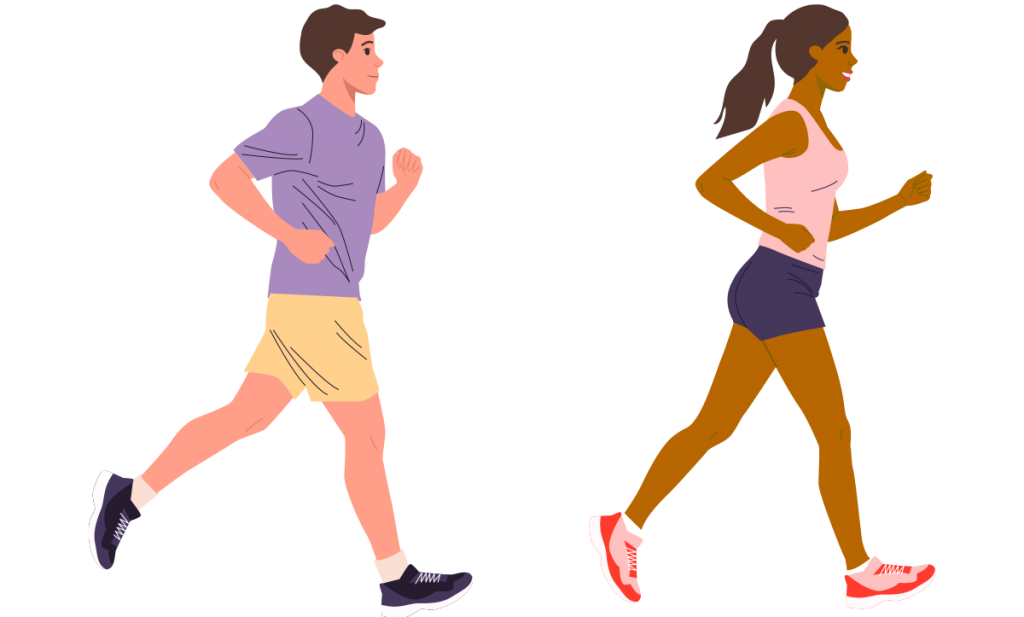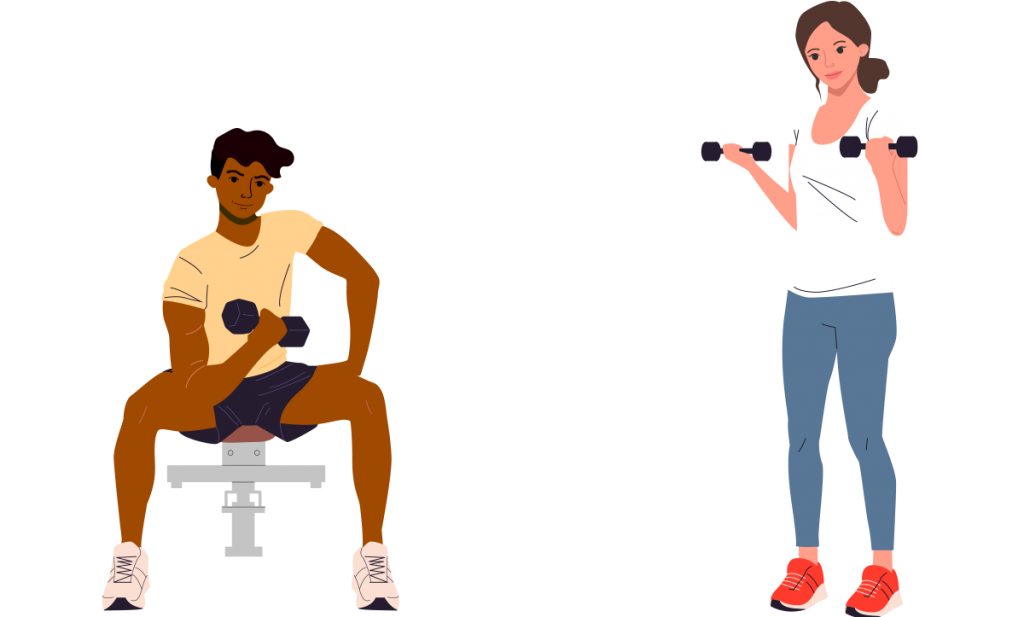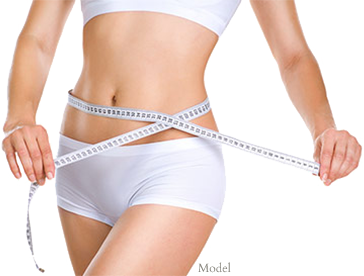Consultations offered at our three convenient locations in Houston, Katy, and Webster, TX

Contents
Anything is Better Than Nothing
There’s a lot of debate and conflicting information out there (especially online) about what kind of exercise is “best” for weight loss. It’s not helpful to spend hours agonizing over what’s the most optimal weight loss exercise routine, especially as a beginner. That time could be much better spent actually exercising instead of contemplating whether crunches are more effective than jogging. Develop the habit of exercising first, then you can find the type of exercise that works best for your goals.
All that said, there are two general types of exercise, and you should be familiar with the differences between them.
Cardiovascular Exercise
Cardiovascular exercise focuses on improving your cardiovascular system – that’s your heart, lungs, arteries and blood vessels. Any activity that increases your heart rate (and keeps it there) can be considered cardio – that includes things like walking, running, swimming, bicycling, and jumping rope. When it comes to weight loss, the important thing to note is that cardiovascular exercise burns a lot of calories immediately, and will have the most immediate and short-term benefits when it comes to losing weight.
Cardiovascular exercise also has a number of benefits when it comes to improving overall health. It increases your body’s efficiency and can lower your heart rate and blood pressure. It can also improve your immune system and reduce fatigue.

Resistance Training
Resistance training focuses on strengthening muscles. Most people think of lifting weights when they hear “resistance training,” but the term can apply to any exercise that places resistance on your muscles. Resistance training includes a lot of common exercises – bodyweight exercises like sit-ups, push-ups and squats, TRX workouts, Pilates, or exercises that use bands are all considered resistance training.
Resistance training burns less calories than cardiovascular exercise, but does have long-term benefits when it comes to weight loss. Increasing the size of your muscles means that your body needs more calories to maintain those muscles, which increases your metabolism overall. It can also improve bone density (when lifting heavy weights) and increase your stamina.

Choose the Exercise That Fits Your Goals
A lot of people get stuck on which exercise to choose, or they think that women need to do cardio and men must do resistance training. There’s no “right” choice here, but the best approach, both for weight loss and overall health, is to do some of both. Improving your heart and lungs and burning calories is great, and training your muscles will also increase your metabolism and help prevent injuries. If your goal is to lose weight quickly and improve your overall health, then focus on cardio. If your goal is to be shapely rather than thin (it takes years of training to become muscular) or to improve strength and confidence, you might want to focus on resistance training.
Many types of exercise are going to include aspects of both. For example, burpees have aspects of resistance training (pushups, jump squats) but because of the speed at which they are done they also train your cardiovascular system. Swimming laps can be considered cardiovascular exercise, but the water also provides resistance against your muscles.



